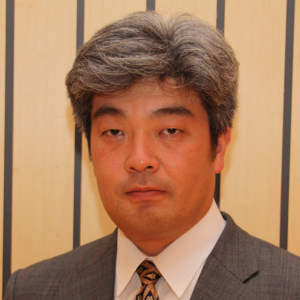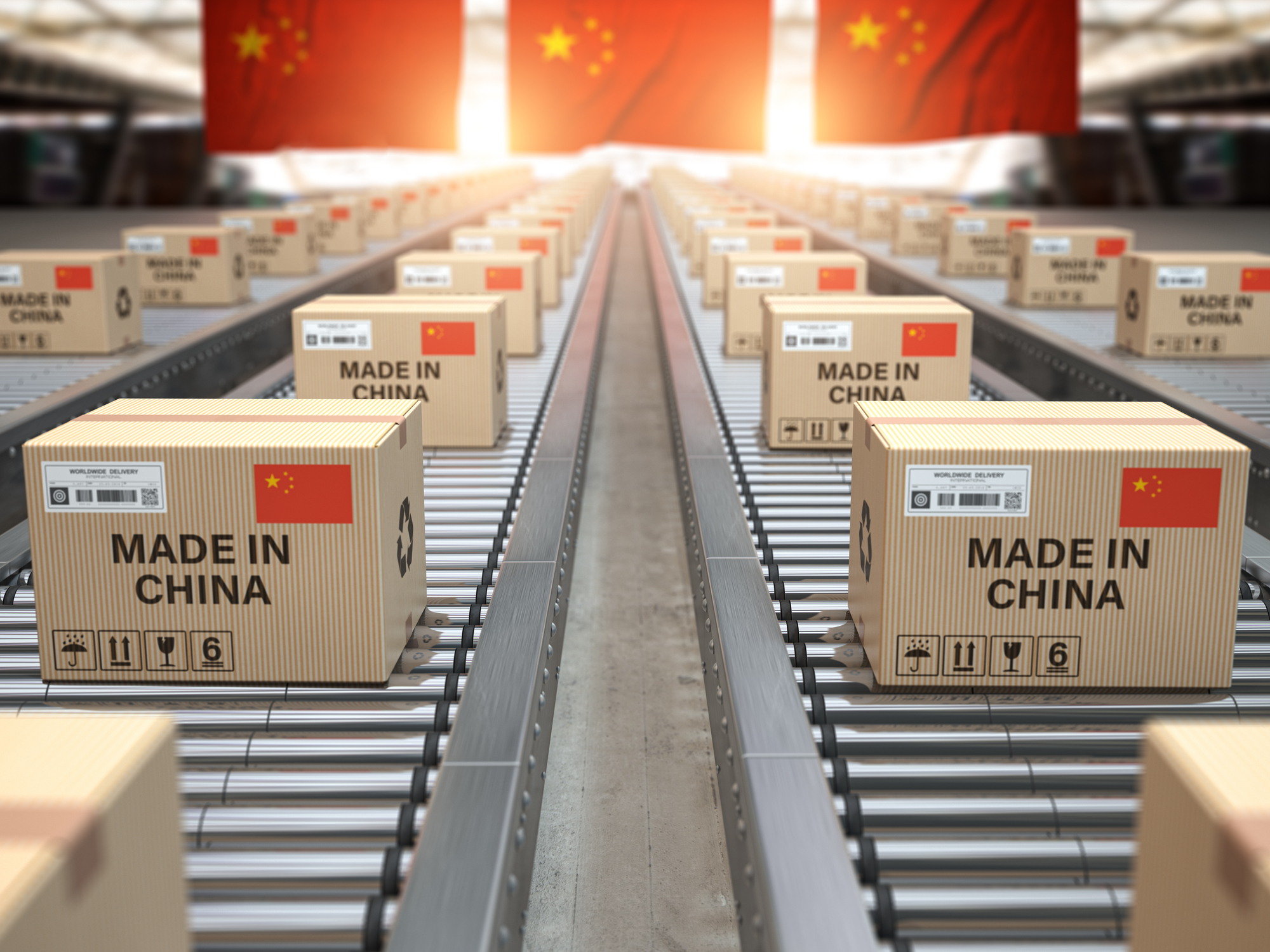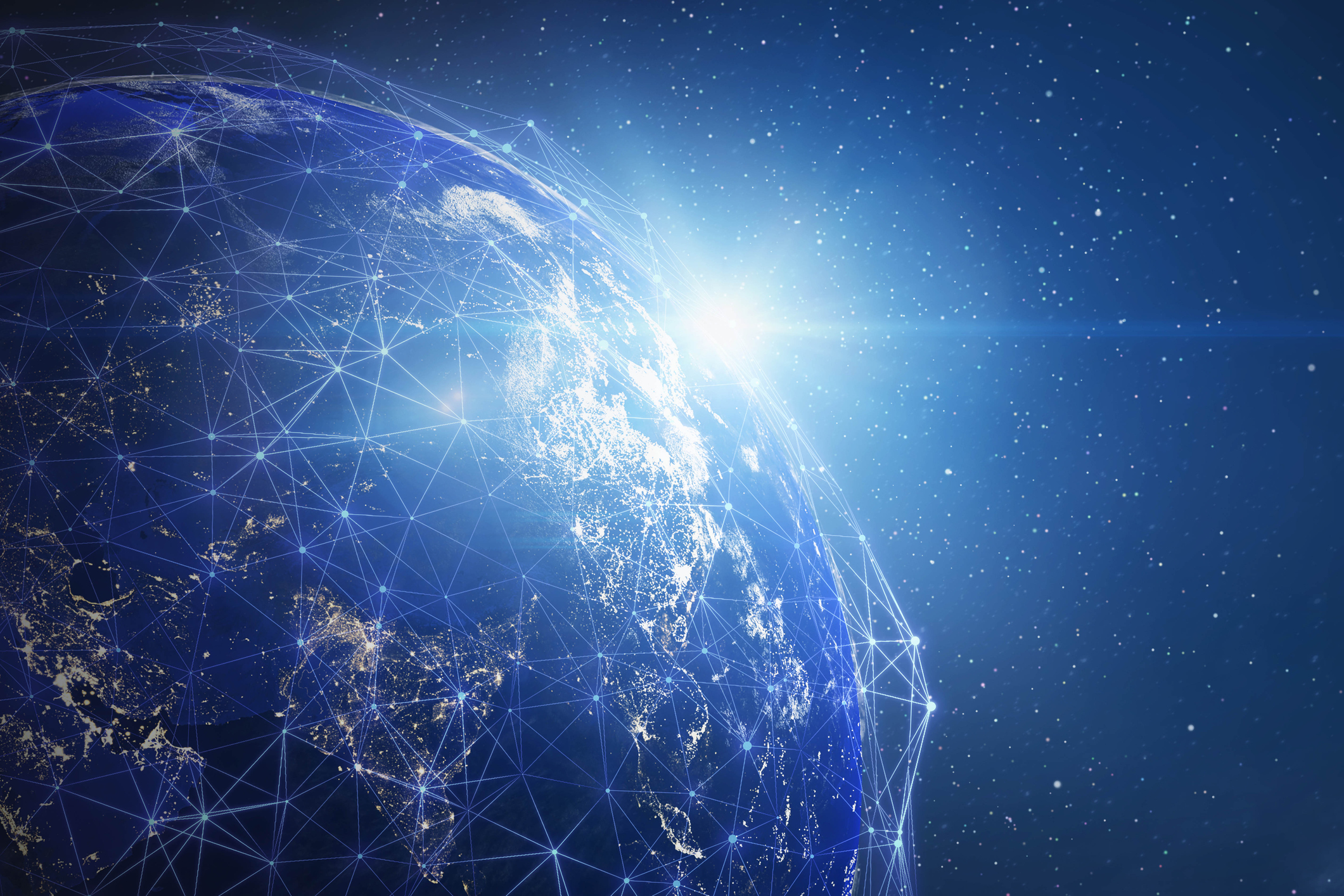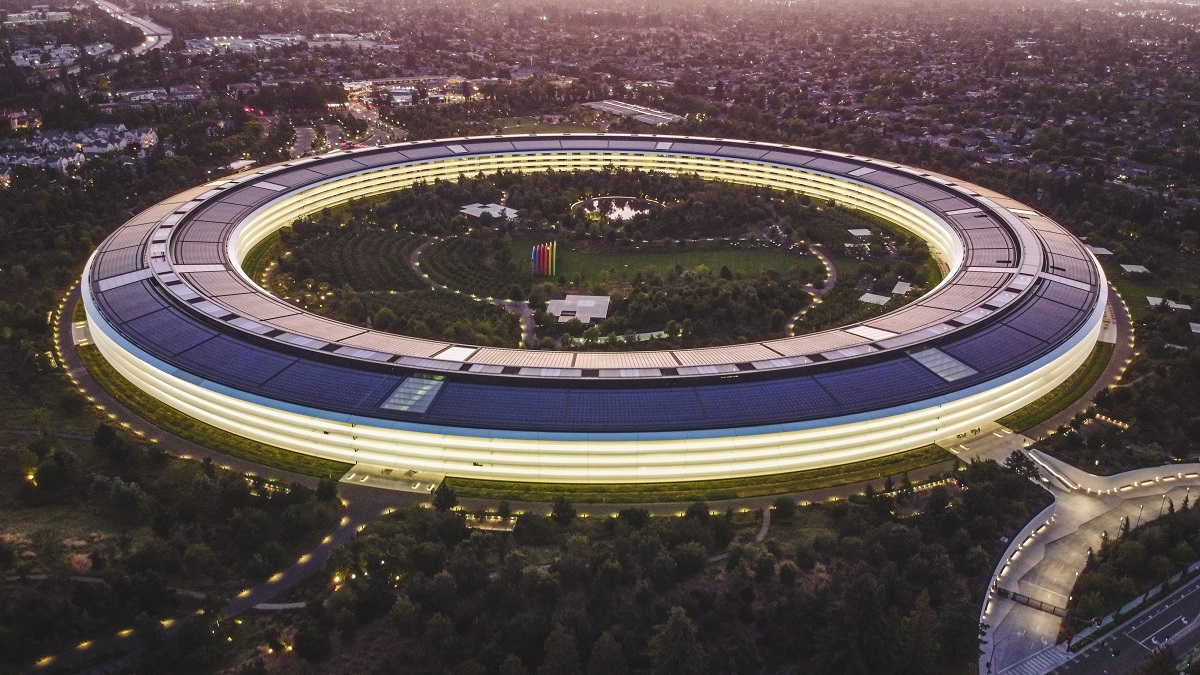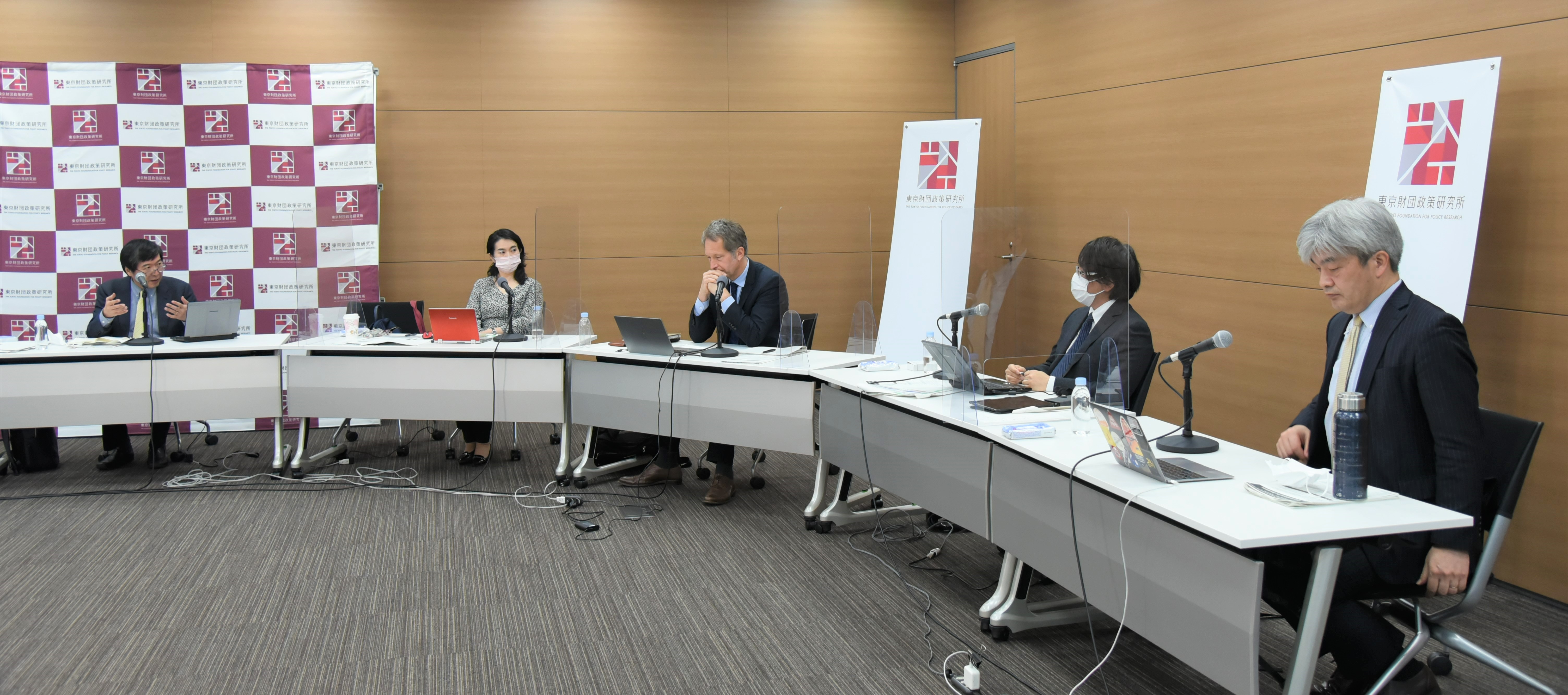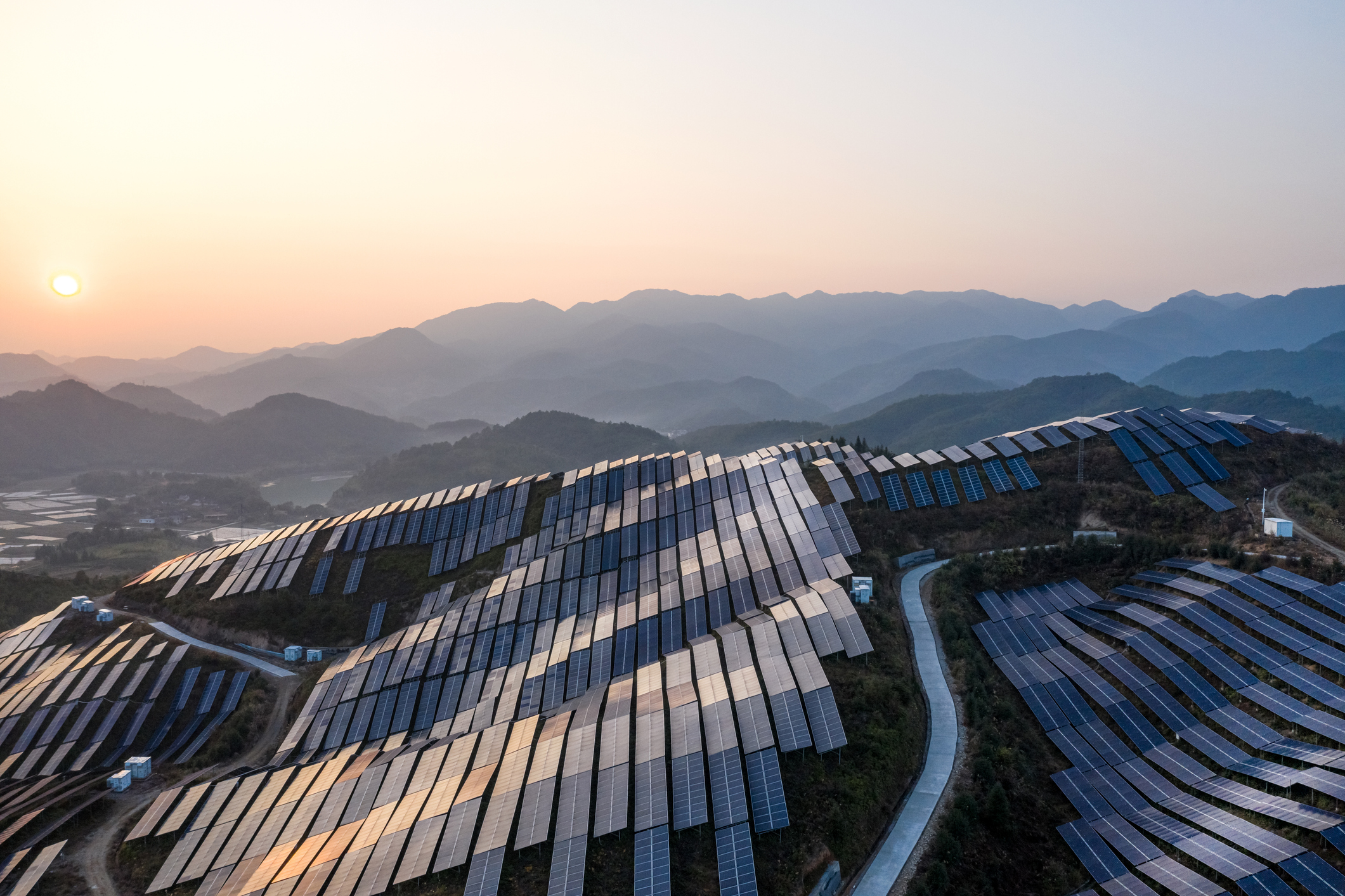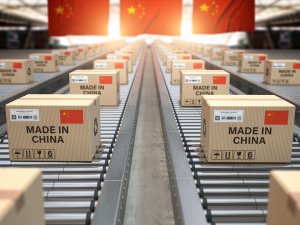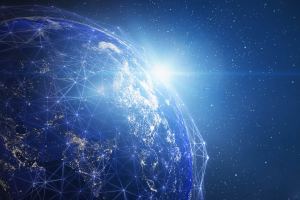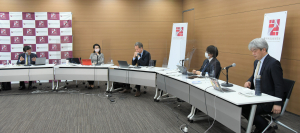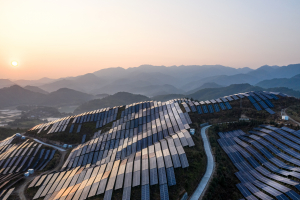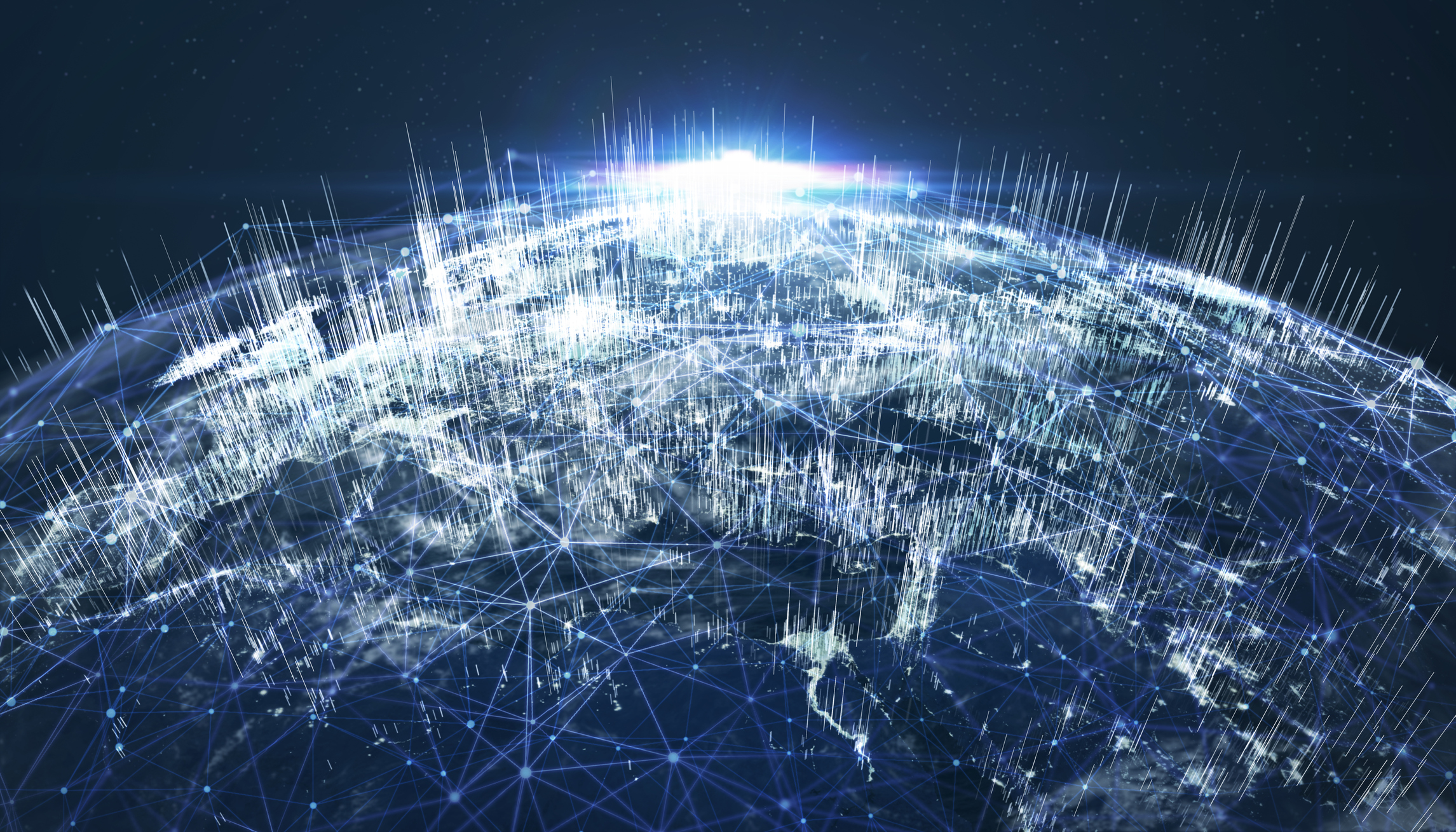
Toward a New Tech Policy for the Age of Economic Security
February 28, 2022
R-2021-043E
The Japanese government is set to submit major economic security legislation targeting supply chains, critical infrastructure, high-tech research and development, and nondisclosure of sensitive patents. Research Director Kazuto Suzuki explores the implications for Japan’s science and technology policy.
* * *
Against the backdrop of globalized supply chains, rising international tensions, and the COVID-19 pandemic, Japanese policy leaders have grown increasingly alarmed about the nation’s economic and technological vulnerability. In response, the cabinet of Prime Minister Fumio Kishida has prepared a major package of economic security bills, which it submitted to the current session of the National Diet. The stated purpose of the legislation is fourfold: (1) strengthen supply chains, (2) ensure the safety and reliability of critical infrastructure, (3) promote public-private cooperation to develop key cutting-edge technologies, and (4) provide for nondisclosure of sensitive patents.
In the following, I examine the components of the emerging economic security framework in relation to the nation’s policies for the promotion of science and technology. How might the government’s economic security objectives impact these policies, and what role should technology policy play in bolstering economic security?
Strengthening the Supply Chain
The first pillar of Kishida’s economic security policy is strengthening critical supply chains, with an emphasis on reducing Japan’s dependence on imports from China and elsewhere.
After World War II, the tide turned toward free trade, promoted first by the World Trade Organization and more recently by regional trade frameworks, such as the Comprehensive Progressive Agreement for Trans-Pacific Partnership. As barriers to trade and investment fell, a new geographical division of labor emerged, driven by comparative advantage. Production processes gravitated to countries with lower costs, and international supply chains became the norm in many industries. After China joined the WTO in 2001, it quickly emerged as a pivotal link in these supply chains, earning the sobriquet of “the world’s factory.” Today most countries around the world depend on China to keep their economies running smoothly, and Japan is no exception.
But even as economic relations with China have deepened, ideological, political, and military friction has intensified. Amid such tensions, China has shown no compunction about using trade as a weapon in diplomatic disputes. A classic example of such “economic statecraft” occurred in 2010, during the height of Japan-China tension over the Senkaku Islands. When Japan detained the captain of a Chinese fishing vessel that had rammed into two Japanese coast guard vessels near the islands, Chinese customs officials halted shipments of rare earth elements on which Japanese industry depends. The deeper our dependence on China, the greater our vulnerability to such economic coercion, and the greater the inducement for Beijing to resort to such tactics.
Defending against economic statecraft means reducing our dependence on key materials, supplies, and equipment from other countries—China in particular. This is the central purpose of the supply-chain-resilience component of the government’s emerging economic security policy.
Japan depends on China and other foreign countries for a whole range of strategically important products, though, many of which use cutting-edge technologies. Prominent among these are green products like storage batteries and solar panels, which are essential if we are to phase out fossil fuels to combat climate change. Under Beijing’s policy of upgrading the nation’s industrial structure with a view to decarbonization, China has positioned itself as a top competitor in this industry and has rapidly expanded its global market share. Japan is currently a major importer of Chinese solar panels and storage batteries. It would not want to be hobbled by an unreliable supply chain as international demand for these low-carbon products surges.
Such supply-chain concerns highlight the need for a coordinated technology policy oriented to bolstering Japan’s economic security by strengthening its competitiveness and reducing dependence on foreign imports in key industries.
Protecting Critical Infrastructure
The need to reduce Japan’s dependence on Chinese imports has also influenced the second pillar of Kishida’s economic security policy, ensuring the safety and reliability of critical infrastructure. This is an issue that has come into sharp focus in the context of the next generation of mobile communications, 5G. The use of Chinese equipment in 5G networks has prompted concerns over the potential for Chinese authorities to intercept communications or even, in the event of a conflict, to disrupt or shut down this critical sector. In 2019, citing such concerns, the administration of US President Donald Trump banned US carriers from purchasing 5G equipment from Huawei and other Chinese firms. In November 2021, President Joe Biden signed the Secure Equipment Act, which prohibits US regulators from issuing new equipment licenses to Chinese companies deemed to be security threats.
However, such policies by themselves fail to address the root of the 5G problem. The reason Chinese mobile communications equipment and devices have made such inroads around the world is that they offer high quality at competitive prices. American and Japanese companies have their own 5G technology, but their equipment is considerably more expensive. Because 5G networks require a huge amount of special equipment in the form of antennae, switches, and other components, the expense of infrastructure development would balloon if we restricted ourselves to Japanese and American goods. That would slow the nationwide deployment of the 5G infrastructure needed to support a new generation of telecommunications businesses and digital industries. To shut out Chinese equipment at such a cost hardly seems like an economically rational choice.
To build this critical 5G infrastructure, Japan needs to implement policies designed to boost the cost-competitiveness of Japanese 5G equipment. This will necessitate a reorientation of Japan’s basic science and technology policy. Until now, science and technology policy has been driven by the assumption that economic competitiveness stems from the development of new technologies. But this is not the only form innovation can take. We need to invest more in technical innovation geared to low-cost social implementation so as to boost the competitiveness of our strategically important industries. This brings us to the third pillar of Kishida’s economic security policy.
Promoting Development of Cutting-edge Technology
Of the four stated purposes of the government’s forthcoming economic security package, the one most directly linked to science and technology policy is that of promoting public-private cooperation to develop key cutting-edge technologies. Unfortunately, the information released thus far offers little sense of how the new law will reshape the nation’s policy or influence the investment decisions of private businesses and research institutions.
What we can surmise at this point is that the government intends to identify priority research fields and draw up guidelines for government-supported research in those areas, presumably with an emphasis on enhancing Japan’s competitiveness and reducing its dependence on imports. These guidelines might be used—perhaps by the new economic security office to be created within the Cabinet Office—to influence decision making within the various government units currently responsible for sci-tech policy (including the Ministry of Education and the Council for Science, Technology, and Innovation).
In addition, the government will actively provide researchers in industry and academia with information relating to the development of advanced technology. This is likely to include guidance pertaining to security concerns, such as the potential for certain technologies to be appropriated by foreign governments for military purposes, a risk to which our academic and corporate researchers are insufficiently attuned. (The new economic security legislation will also create a system to prevent disclosure of patents involving sensitive technology.)
But the government faces major administrative obstacles when it comes to revamping technology policy with economic security in mind. Jurisdiction over sci-tech policy is already dispersed among numerous agencies and government panels. Without some clarification of powers and responsibilities, any new framework is likely to compound the duplications and inefficiencies of the current system. Anxious to submit a package of bills in timely fashion, the government skipped over the onerous task of administrative reform. Under the circumstances, the pursuit of a coherent, strategic policy is unlikely to make much progress in the short term.
Impact on Japanese Technology
The Kishida cabinet’s economic security policy remains somewhat amorphous, but the outlines that have emerged thus far suggest a defense-oriented game plan aimed at reducing Japan’s supply-chain and infrastructure vulnerabilities and preventing sensitive technologies from falling into the wrong hands.
Certainly, risk mitigation is an important element of security. From the standpoint of sci-tech policy, however, this strategy could prove a double-edged sword. While it may create new R&D opportunities, the added regulation could also inhibit innovation.
Rules designed to prevent leakage of sensitive information (including proposed restrictions on participation by certain foreign students and researchers in sensitive programs) are likely to negatively impact scientific research, which benefits from diverse input and the free flow of ideas. Restrictions on the sourcing of materials, equipment, and devices could also impede R&D. To be sure, supply-chain reform presents an opportunity for the development of home-grown technologies. But such benefits will be limited if Japan merely transfers its dependence from one foreign country to another or gets foreign manufacturers to build production facilities in Japan, as it has done with TSMC (Taiwan Semiconductor Manufacturing Company).
How Sci-Tech Policy Can Strengthen Economic Security
Given these considerations, what is the best way to leverage sci-tech policy to bolster Japan’s economic security?
First, we must understand that technical superiority in itself does not ensure economic security. The key is competitiveness. Even if Japan is able to produce the most technologically advanced products in a critical sector, if those goods are not internationally competitive, the logic of economics will compel businesses to purchase their components and equipment elsewhere. If we want to prevent that outcome, we need to orient our R&D policies to the creation not just of innovative, high-quality products but of products that sell.
Of course, it will be no easy task for Japanese industry to gain a competitive edge over countries with lower production costs. In instances where Japan is unable to produce competitive goods in a critical area, and the security risks are deemed unacceptable, the option should be open for the government to intervene and restructure the supply chain, even if this is costly. However, the authorities need to weigh the risks and costs and remain open to the economically rational option in instances where the security risk is deemed acceptable.
In short, from the perspective of economic security, Japan’s new science and technology policy must focus on boosting the competitiveness of Japanese industry and reducing costs with a view to achieving the key outcome of reducing Japan’s economic dependence on foreign countries.
